
The Principle of Least Permission (PoLP) was very important to our architect and developers, as well as our Chief Strategy Officer. It isn’t the easy or inexpensive way to design an application, but we felt it was crucial to go the extra mile for this granular level of security when working with global organizations.

Users have access strictly limited to what is assigned by job duties and role

Administrators only have access to the data necessary to operate the application
All access to the app can be traced at any time using system access logs and AWS CloudTrail event logging, with all changes to users, documents, images, videos, audits, mitigations, and corrective actions
Overlooked (by typical application developers) standards such as these, when not given the same level of thought can lead to a difficult time during the roll-out of the solution. The design here ensures that Corporate IT will be able to easily integrate the solution within the organization, and effortlessly manage it.
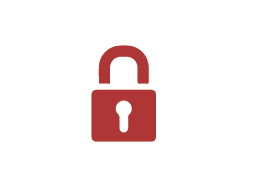
Authentication Process
Users have access strictly limited to what is assigned by job duties and role

Directory Services
Organizations that would like to utilize their own enterprise directory services are supported via integration with many SAML v2.0-compliant Identity Providers1

Authorization Levels
Great care was taken even for items with top-level security and encryption – industry standards which should never lead to a compromise. The only thing better than a highly-secure, highly-encrypted password, is a password that is never stored or even received in any way by our application using Secure Remote Password (SRP).

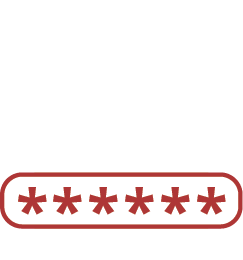
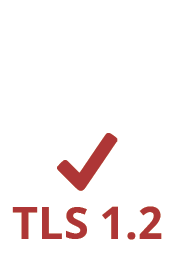
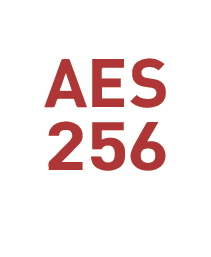
The same level of thought put into application users was also designed into all administrative users and functions.

Specified permissions and limited access to production systems based on defined job functions and roles for specific administrators

Three authentication methods required for production server access:

Additional System Adminitrator Security Measures
Subscribe to our newsletter for the latest updates and insights.
Copyright © 2025 QualityAI. All Rights Reserved.